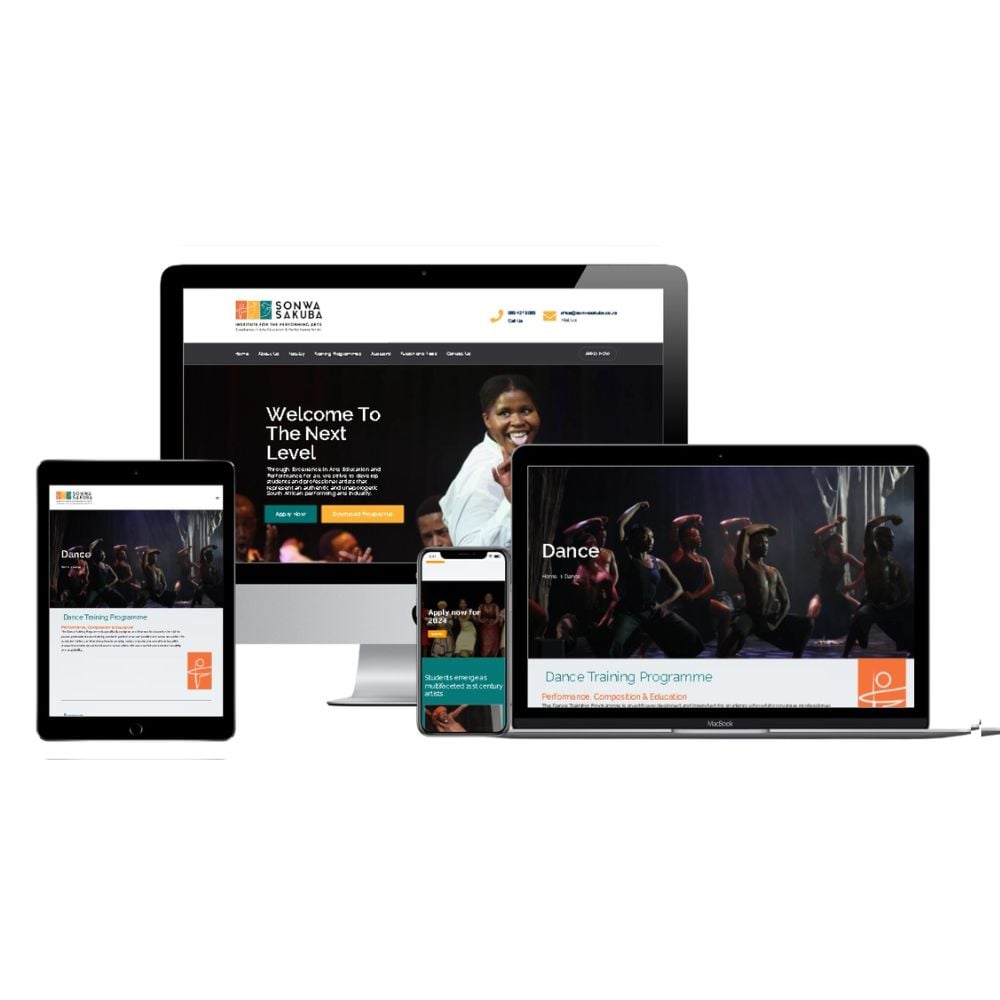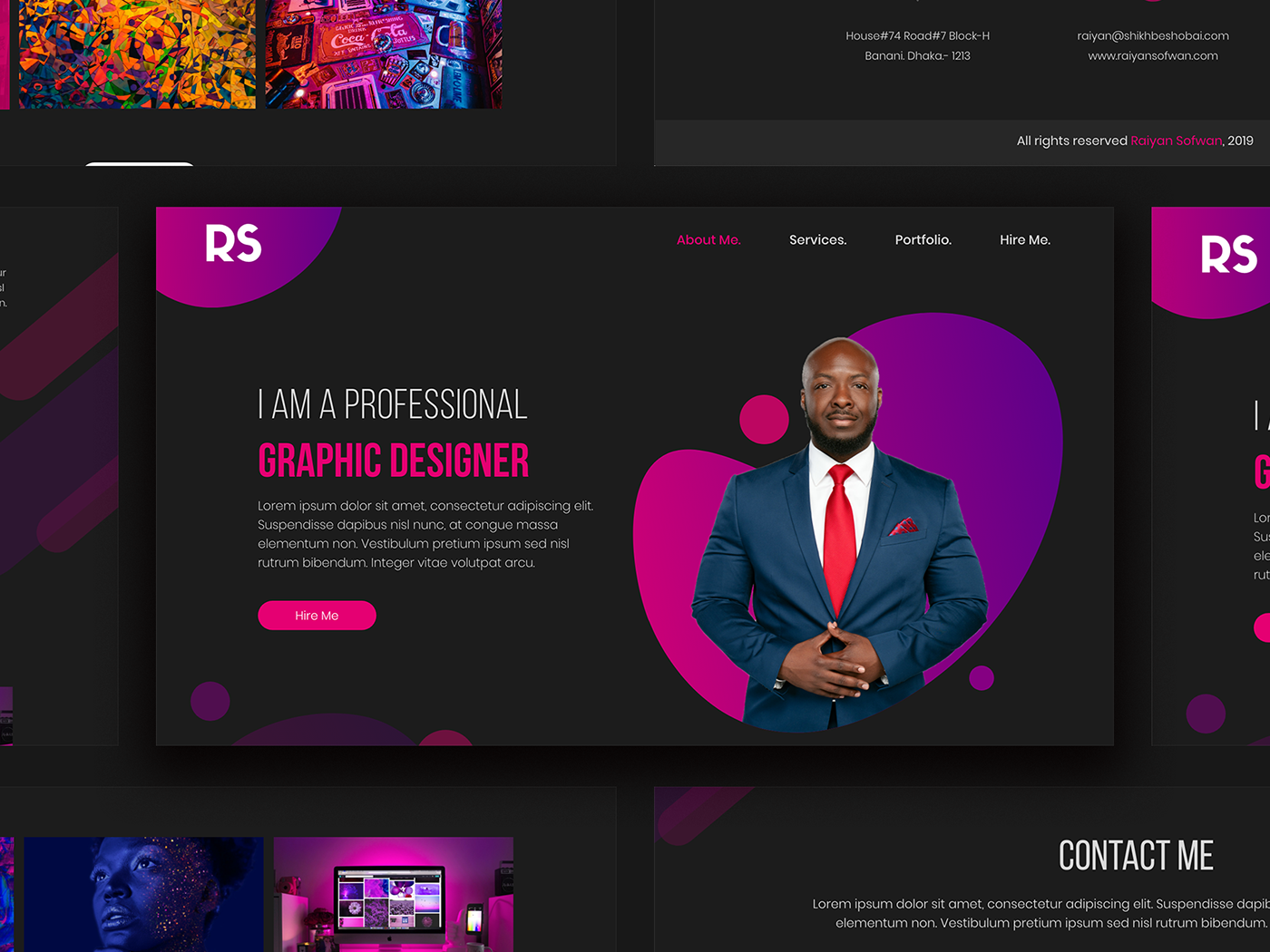Discover Cutting-edge Techniques to Improve Your Website Design Experience
Discover Cutting-edge Techniques to Improve Your Website Design Experience
Blog Article
Secret Techniques for Applying User-Centric Website Layout to Boost Interaction
When taking into consideration the implementation of user-centric site style, certain strategies contribute in boosting interaction. Comprehensive research right into individual demands and choices forms the structure, directing the development of customer personas to notify design selections. Intuitive navigating and responsive interfaces are essential, making sure convenience of gain access to throughout all devices. On the other hand, individualizing material enhances customer contentment, and durable access functions broaden reach. These strategies collectively promote an even more significant online experience. Just how do these components come together properly, and what sensible actions can be taken to ensure their effective assimilation?
Recognizing User Needs
Comprehending customer needs is an essential action in the procedure of user-centric website style. This strategy ensures that the internet site lines up with the expectations and needs of its target audience, ultimately causing improved customer fulfillment and interaction. The first phase entails carrying out detailed research to gather insights into individual actions, preferences, and pain points. Techniques such as studies, meetings, and individual screening can supply valuable qualitative and quantitative data concerning just how customers connect with the website.
Analyzing this information allows developers to create detailed individual characters that stand for the various sections of the target audience. These characters help inform style choices by highlighting particular user goals and obstacles, leading the advancement of features that attend to these demands effectively. In addition, understanding the context in which customers run-- such as their environment, device choices, and time restrictions-- can better fine-tune the design strategy.
Compassion plays an essential duty in this procedure, making it possible for designers to see the site from the individual's point of view. By focusing on user needs, the design process ends up being a lot more concentrated, avoiding the inclusion of unnecessary aspects that can mess the customer experience. Inevitably, a deep understanding of individual demands is important in crafting a web site that is both useful and purposeful.
Designing User-friendly Navigation
Having actually established an extensive understanding of customer needs, the next step in user-centric website layout involves developing intuitive navigation. Effective navigation is essential to individual complete satisfaction, affecting exactly how easily individuals can find information and total tasks. To accomplish intuitive navigation, developers have to focus on simpleness and clearness, making certain that the navigation structure is logical and regular throughout the website.
Organizing content right into a clear power structure is essential. Website Design. Making use of acquainted tags and symbols can lead individuals effortlessly, decreasing cognitive lots and improving the total customer experience. A well-designed navigation bar should be prominently put, enabling customers to determine their current location and conveniently discover various other areas of the web site
It is additionally essential to incorporate interactive aspects such as breadcrumbs and search capabilities to aid customers in browsing complicated websites. These attributes give extra pathways and improve the availability of material, providing to numerous user preferences and behaviors.
Testing navigation with real individuals is important to recognize prospective pain points and ensure capability aligns with individual expectations. Routine responses loops and repetitive renovations can assist preserve an efficient navigating Home Page system that adjusts to advancing customer requirements, inevitably enhancing interaction and fulfillment.
Creating Responsive Interfaces
Inevitably, producing receptive user interfaces is a critical element of modern-day website design, ensuring that sites are obtainable and useful across a wide range of gadgets and screen sizes (Website Design). This versatility is crucial in a landscape where customers accessibility material through mobile phones, tablets, laptops, and desktops, each with differing positionings and resolutions. The key goal of responsive layout is to boost individual experience by preserving ideal readability and use, no matter of the gadget made use of
To achieve this, web developers utilize adaptable grid layouts, liquid photos, and CSS media inquiries. Adaptable grids permit internet site components to resize proportionally, while liquid images make certain visuals scale appropriately without losing quality. Media queries play a vital role by applying different designs based upon the device's characteristics, such as alignment, elevation, and width, therefore tailoring the format to the user's display.
Additionally, receptive user interfaces add to enhanced seo (SEO) by offering a seamless look at this web-site user experience, which subsequently can decrease bounce prices and rise site interaction. In summary, embracing receptive design is not merely a technical consideration however a vital technique for fostering a user-centric internet setting that fulfills the demands of a diverse audience.

Customizing Web Content Experience
Customizing material experience is an important component of user-centric web site layout that involves customizing content to fulfill the unique preferences and behaviors of private customers. This strategy not just boosts user contentment however also promotes deeper engagement, as visitors are more likely to interact with content that reverberates with their needs and rate of interests. By leveraging information analytics and user comments, organizations can identify patterns and trends that educate the personalization of web material.
Integrating customization techniques can vary from simple adjustments, such as suggesting items based on surfing history, to much more innovative strategies like dynamic material that adjusts in real-time to a user's interactions. Individualized landing web pages can considerably increase conversion rates by giving individuals with relevant information and supplies that straighten with their previous tasks and choices.
Furthermore, utilizing expert system and artificial intelligence can further fine-tune content personalization by continuously gaining from user actions and adapting to emerging patterns. This not only enhances the user's journey yet likewise builds brand commitment, as clients really feel comprehended and valued. Ultimately, individualizing the material experience is an essential approach for organizations intending to create a much more meaningful and appealing communication with their target market.
Enhancing Access Attributes
Enhancing ease of access attributes is an essential aspect of user-centric internet site design, guaranteeing that electronic material is functional by everybody, consisting of people with impairments. This approach not just follows legal requirements such as the Americans with Disabilities Act (ADA) and the Web Material Ease Of Access Guidelines (WCAG) yet likewise considerably expands a site's target market reach. By incorporating functions like key-board navigating, screen viewers compatibility, and alternate text for photos, sites become extra comprehensive, providing a smooth experience for customers with aesthetic, acoustic, or electric motor impairments.
Integrating receptive style aspects is critical, facilitating accessibility on different devices and screen dimensions, consequently fitting customers with various preferences and demands. In addition, comparison ratios and message size adjustments can enhance readability for people with visual obstacles. Supplying clear and succinct web content framework, such as headings and checklists, help comprehension and navigation, especially for customers with cognitive specials needs.
Normal availability audits need to be performed to identify and fix potential barriers, ensuring continued conformity and use. By prioritizing accessibility, companies not just foster inclusivity but additionally enhance total user interaction and complete satisfaction, inevitably driving higher conversion rates and strengthening brand loyalty.

Final Thought
Integrating user-centric style methods substantially improves internet site involvement by prioritizing the demands and preferences of customers. Extensive study facilitates the creation of user personas, leading targeted design choices.
Extensive research into user needs and choices forms the structure, directing the creation of user identities to educate style options. Strategies such as studies, interviews, and user testing can why not try here supply important qualitative and quantitative data concerning exactly how users connect with the website.
By prioritizing customer requirements, the style procedure comes to be more concentrated, avoiding the inclusion of unnecessary components that might mess the user experience. Effective navigation is fundamental to customer satisfaction, influencing exactly how easily customers can discover details and full jobs. The use of acquainted tags and symbols can assist users effortlessly, minimizing cognitive load and improving the overall individual experience.
Report this page